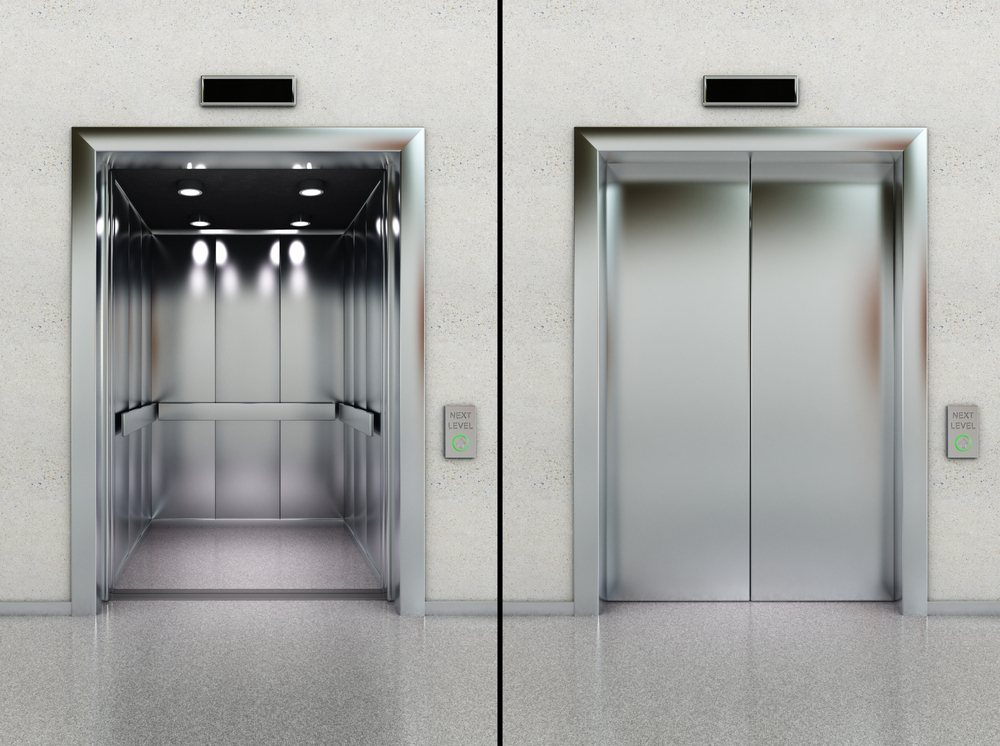We Maintain Lifts with Precision: Ensuring Security and Performance
We Maintain Lifts with Precision: Ensuring Security and Performance
Blog Article
Delving Into the World of Elevators: Typical Issues Encountered by Different Lift Devices
As we browse through the vertical transport systems of modern-day structures, elevators stand out as a vital element of our day-to-day lives. From hydraulic elevators to grip systems and machine-room-less designs, each lift type comes with its set of typical concerns.
Hydraulic Lifts
Hydraulic lifts, typically liked for low-rise structures, make use of fluid pressure to control the motion of the lift auto (lift repair companies). This device involves a hydraulic pump pushing oil into a cylinder, causing the elevator to relocate the preferred instructions. While hydraulic lifts are understood for their silent and smooth procedure, they do feature their very own collection of usual concerns
One prevalent problem with hydraulic lifts is oil leak. The seals in the hydraulic system can put on out with time, leading to oil seepage. If left unaddressed, this not just develops a mess yet can additionally impact the elevator's efficiency. In addition, problems with the control system, such as defective shutoffs or a malfunctioning pump, can create disturbances in the lift's activity.
Normal upkeep and punctual repair services are important to ensure the smooth functioning of hydraulic elevators. By resolving these typical concerns proactively, structure proprietors can minimize downtime and ensure the safety and efficiency of their upright transportation system.
Grip Elevators
When considering vertical transportation systems in buildings, one more usual kind other than hydraulic lifts is the grip lift. Traction lifts run making use of a system of ropes and counterweights that move the lift car by grasping onto the hoist ropes. This mechanism enables smoother and quicker upright transportation compared to hydraulic systems.
Among the typical issues faced by grip lifts is rope wear. The constant movement of the ropes within the grip system can lead to put on and tear with time, potentially causing the lift to malfunction or come to be dangerous for usage. Regular evaluations and upkeep of the ropes are essential to guarantee the elevator's proper functioning and security.
One more issue that traction lifts might experience is connected to the control system. Problems with the control system can cause problems such as irregular movement, delays in feedback times, or even complete closures. Normal screening and upkeep of the control system are critical to protect against such concerns and guarantee the elevator's dependability.
Machine-Room-Less (MRL) Lifts

One of the essential components of MRL elevators is the compact gearless grip maker that is installed within the hoistway. This equipment effectively drives the elevator cars and truck without the requirement for cumbersome devices located in standard grip elevators. In addition, MRL elevators typically make use of a counterweight system to stabilize the car, additional enhancing their energy performance.
Regardless of their advantages, MRL elevators may encounter challenges associated with upkeep and repair due to the confined area for tools installment. Access for servicing elements within the shaft can be restricted, needing specialized training for professionals. Proper maintenance schedules and regular examinations are vital to ensure the continued smooth operation of MRL lifts.
Overloading and Weight Limitation Issues
Are lifts outfitted to take care of excess weight lots efficiently and securely? Overloading and weight restriction concerns are essential issues in lift operations. Elevator makers style raises with specific weight capacities to make sure traveler security and equipment longevity. Exceeding these weight limits can bring about numerous troubles, consisting of mechanical failings, delays, and safety risks.
When lifts are strained, it places excessive strain on the electric motor, cords, and other parts, potentially causing breakdowns or malfunctions. Safety and security systems such as sensors and overload sensing units are in place to lift repair near me protect against lifts from moving if they identify excess weight. Furthermore, exceeding weight restrictions can result in enhanced power usage and wear and tear on the lift system.
To mitigate overwhelming issues, developing supervisors must prominently present weight limits in elevators and enlighten residents on the importance of adhering to these restrictions - lift repair companies. Routine upkeep checks by qualified professionals can additionally assist ensure that elevators are running within secure weight parameters. By resolving overloading and weight limit problems proactively, structure proprietors can improve lift safety and effectiveness
Electric System Failings
Exceeding weight restrictions in elevators can not only lead to mechanical concerns yet also potentially contribute to electrical system failures within the lift infrastructure. Electrical system failures are an essential concern in elevator operation, as they can cause unexpected closures, breakdowns, or even security hazards.
Regular upkeep and inspections are vital to determine and address possible electrical issues immediately, guaranteeing the safe and effective procedure of elevator systems. By adhering to weight restrictions and carrying out routine electric system checks, building owners can minimize the danger of electrical failings in lifts.
Final Thought

Hydraulic lifts, usually chosen for low-rise buildings, use fluid pressure to manage the movement of the elevator auto.When considering vertical transportation systems in structures, an additional usual kind apart from hydraulic elevators is the traction lift. Traction elevators operate using a system of ropes and counterweights that relocate the lift auto by clutching onto the hoist ropes. Unlike standard elevators that require a separate machine room to house the devices, MRL elevators integrate most of the parts within the shaft, removing the requirement for a committed maker space.In conclusion, lifts deal with common issues such as hydraulic breakdowns, grip system failures, and electric system issues.
Report this page